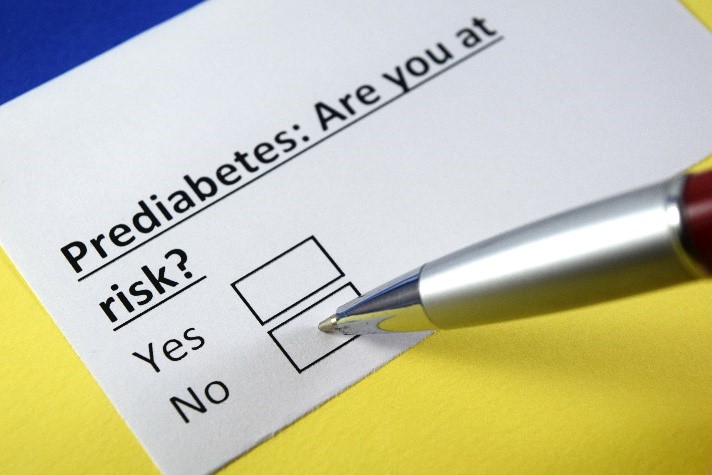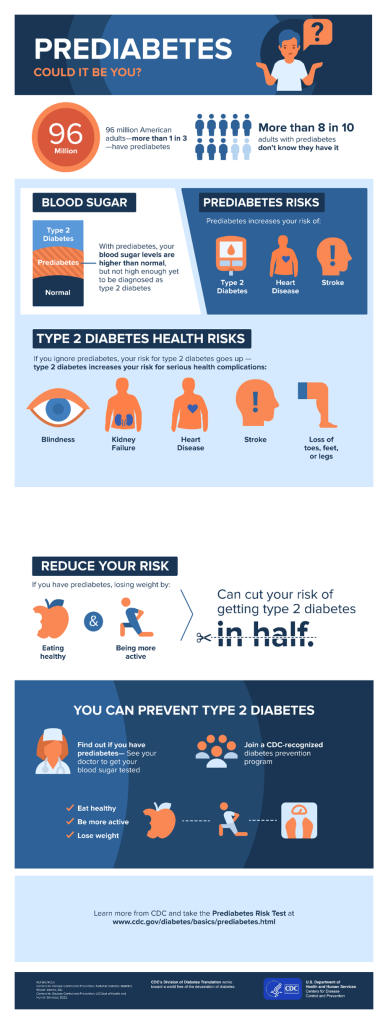
Sip Happens: Stay Cool and Hydrated
As summer rolls in, many of us start dreaming of beach days, poolside lounging, and icy drinks. But while we’re busy cooling off in the water, it’s easy to forget that our bodies, which are composed of 55–65% water, also need hydration. Dehydration is a common and often overlooked risk during the warmer months, with serious consequences.
What Causes Dehydration?
Dehydration occurs when your body loses more fluids than it takes in. And it’s more common than you might think—about 75% of Americans are chronically dehydrated. While medical conditions can contribute, everyday habits are often to blame. Common causes of dehydration include:
- Not drinking enough fluids.
- Sweating from heat, exercise, or sunburn.
- Drinking too much alcohol.
- Vomiting or diarrhea.
- Aging (which can dull your sense of thirst.
Signs and Symptoms to Watch For
Dehydration can become dangerous if ignored. According to the National Health Service, here are some common warning signs:
- Feeling thirsty.
- Dark yellow, strong-smelling urine.
- Dizziness or lightheadedness.
- Fatigue.
- Dry mouth, lips, or eyes.
- Urinating less than four times a day.
People with diabetes or those taking diuretics are especially at risk for dehydration. A quick way to check for dehydration is the skin turgor test ( a.k.a the “pinch test”), a simple method anyone can use.
To stay healthy and energized, aim for these daily water intake goals:
- Women: About 11.5 cups (2.7 liters)
- Men: About 15.5 cups (3.7 liters)
Here are some easy ways to meet your hydration needs:
- Eat water-rich foods like cucumbers, watermelon, and oranges.
- Limit alcohol and drink a glass of water with every alcoholic beverage.
- Keep a reusable water bottle with you.
- Infuse your water with fruits, herbs, or citrus for extra flavor.
- When to Seek Medical HelpI
- f you or someone you know experiences severe dehydration symptoms—such as extreme thirst, rapid heartbeat, confusion, or little to no urine—seek medical attention immediately.
Written by: Susan Zies, FCS Educator, Wood County, zies.1@osu.edu
Reviewed by: Laura Stanton, FCS Educator, Warren County, Stanton.60@osu.edu








